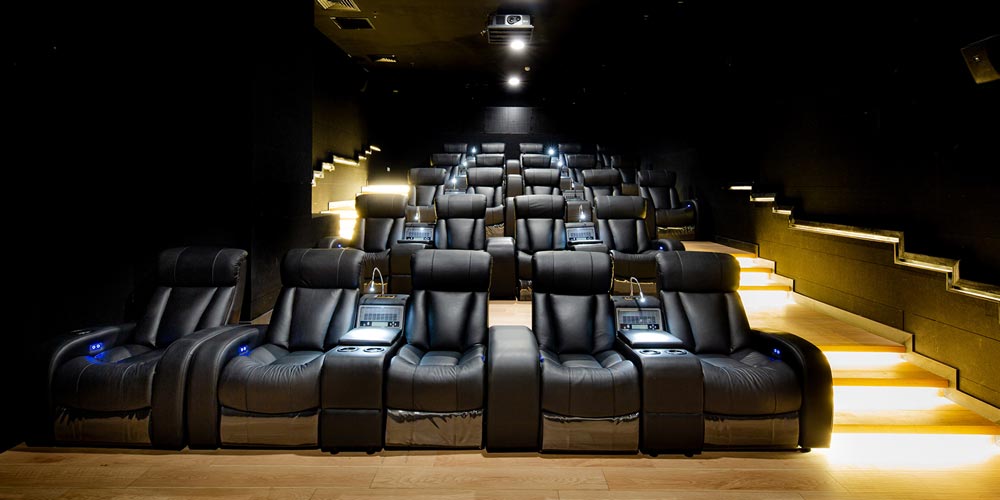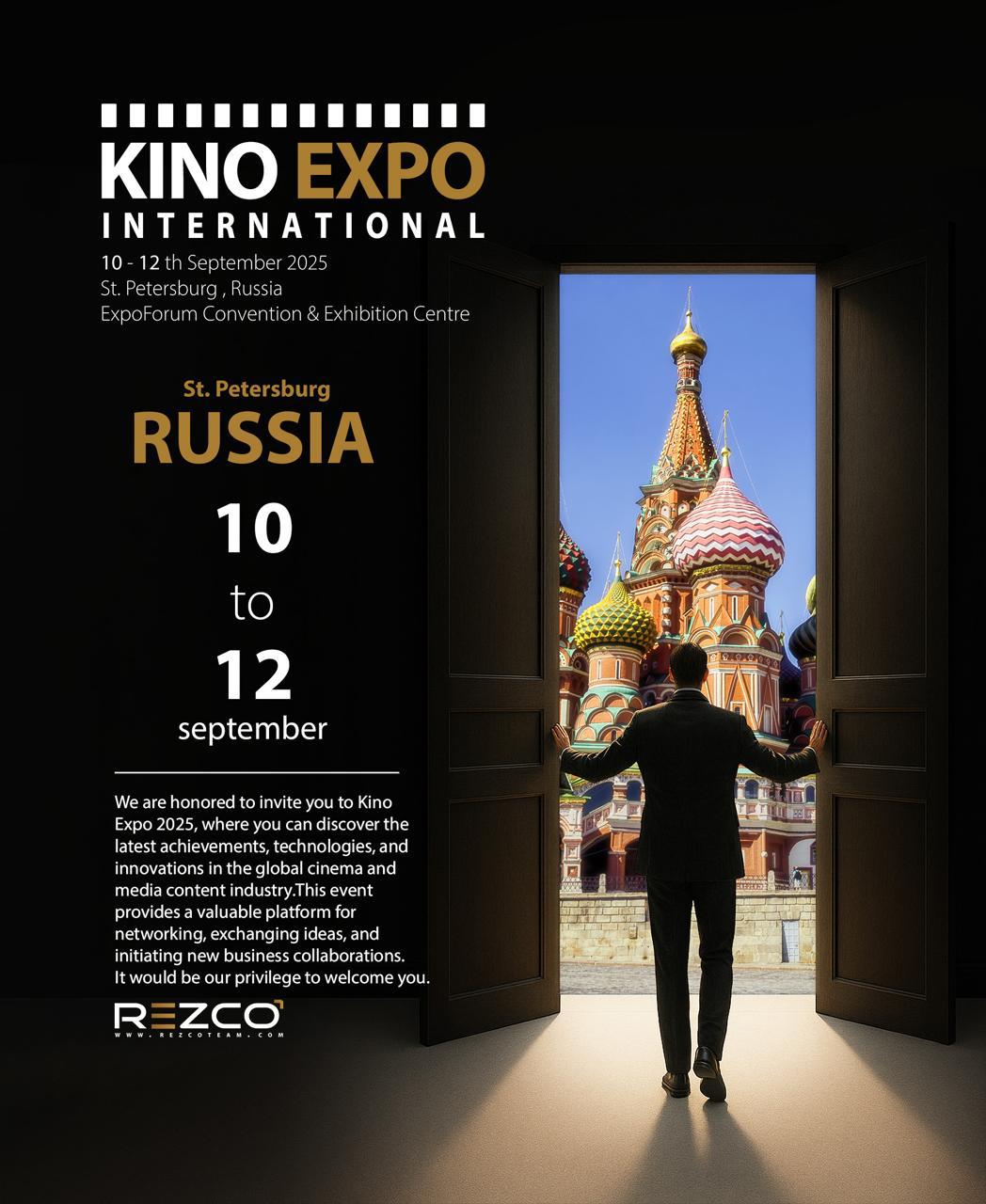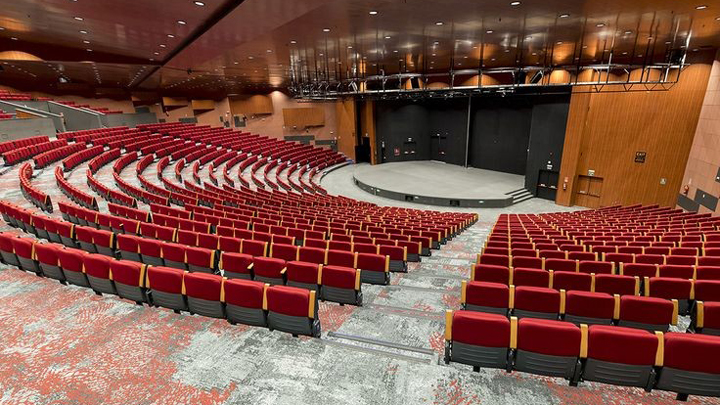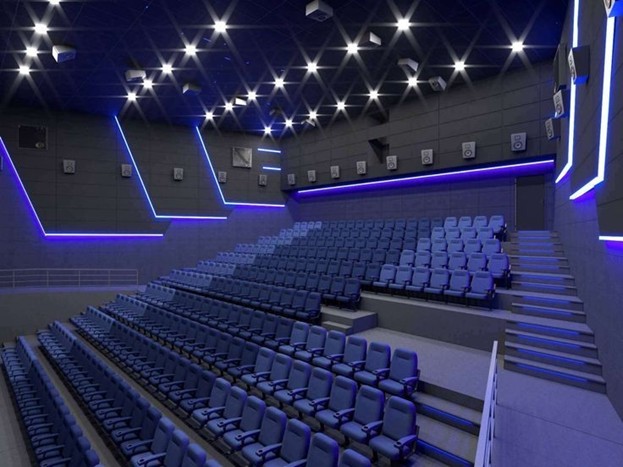The evolution of cinema has seen tremendous changes over the past century, from silent films to talkies, black and white to color, and now the integration of digital technologies. One of the most significant developments in recent years has been the introduction of recliner seats in theaters, transforming the way audiences experience movies. These advancements are part of a broader trend where modern cinema experiences are continuously being redefined by technological innovations. The comfort and luxury of recliner seats are just one aspect of how modern cinema is enhancing viewer experiences.
The Impact of Digital Projection
One of the key technological advancements in modern cinema is digital projection. Traditional film projectors have largely been replaced by digital ones, which offer several advantages. Digital projectors provide clearer and more consistent images, eliminating the flicker and degradation associated with film reels. This shift has also enabled theaters to easily showcase 3D movies, enhancing the immersive experience for viewers. It now boasts superior image quality and seamless viewing experiences, thanks to these digital projections.
Sound Innovations: Immersive Audio
Another major innovation in this field is the development of advanced sound systems. The introduction of Dolby Atmos and similar technologies has revolutionized how audiences hear movies. These systems allow for sound to move around the theater in a three-dimensional space, creating an immersive audio experience that complements the high-definition visuals. The precision and clarity of modern cinema sound systems ensure that viewers are fully immersed in the story, feeling every moment as if they were part of it.
Virtual and Augmented Reality
Virtual reality (VR) and augmented reality (AR) are also making their way into modern cinema experiences. These technologies offer new ways for audiences to engage with films, beyond the traditional screen. VR can transport viewers into the movie, allowing them to explore scenes in 360 degrees, while AR can overlay digital elements onto the physical world, enhancing the storytelling process. Modern cinema is no longer confined to the screen; it extends into the virtual and augmented realms, offering limitless possibilities for filmmakers and audiences alike.
Interactive and Personalized Content
Modern cinema is increasingly becoming interactive and personalized. Technologies such as interactive storytelling allow viewers to influence the plot of a movie, making the experience more engaging and personal. Additionally, with the rise of data analytics, cinemas can now offer personalized recommendations and experiences based on individual viewer preferences. This shift towards personalization ensures that this type of cinema caters to the unique tastes and preferences of each audience member.
Advanced Visual Effects and CGI
The advancements in computer-generated imagery (CGI) and visual effects have had a profound impact on modern cinema. Films today can depict fantastical worlds and characters with unprecedented realism. This cinema leverages these technologies to create visually stunning and believable scenes that captivate audiences. From epic space battles to intricate fantasy landscapes, the possibilities are endless with modern CGI and visual effects.
Enhanced Viewing Comfort
Modern cinema experiences are also characterized by enhanced viewing comfort. The introduction of the seats in theaters is a testament to this trend. These seats offer unparalleled comfort, allowing viewers to relax and fully immerse themselves in the movie. With adjustable positions and ample legroom, these kinds of seats ensure that audiences can enjoy long films without discomfort. This focus on comfort is a crucial aspect of modern cinema, making the overall experience more enjoyable.
High Dynamic Range (HDR) and 4K Resolution
High Dynamic Range (HDR) and 4K resolution have become standard features in modern and innovative cinema, significantly enhancing the visual quality of films. HDR technology provides a greater range of colors and contrast, making images more vibrant and realistic. Combined with 4K resolution, which offers four times the detail of standard HD, these technologies ensure that every frame is crystal clear and visually stunning. The modern one, with HDR and 4K, delivers a visual experience that is both captivating and lifelike.
The Role of Streaming Services
Streaming services have had a significant impact on modern cinema, changing how audiences access and consume movies. Platforms like Netflix, Amazon Prime, and Disney+ have made it possible for people to watch films from the comfort of their homes. While this shift presents challenges for traditional theaters, it also pushes them to innovate and enhance the in-theater experience. Modern theaters and cinemas now face the dual challenges of competing with home entertainment while also leveraging digital platforms to reach broader audiences.
Sustainable Practices in Modern Cinema
Sustainability is becoming an important focus in cinemas. From using energy-efficient lighting and projection systems to incorporating eco-friendly building materials in theater construction, the industry is making strides towards reducing its environmental footprint. Sustainable practices not only appeal to environmentally conscious audiences but also help theaters reduce operational costs. Modern cinema is embracing green technologies and practices, ensuring that the magic of the movies does not come at the expense of the planet.
The Future of Ticketing and Concessions
Digital innovations have also transformed ticketing and concessions in innovative cinema. Mobile apps and online platforms allow viewers to purchase tickets and snacks in advance, reducing wait times and enhancing convenience. Some theaters are experimenting with dynamic pricing models, where ticket prices fluctuate based on demand. This approach can help theaters maximize revenue while offering more affordable options during off-peak times. This type of cinema is leveraging digital tools to streamline operations and improve customer satisfaction.
The Evolution of Movie Theaters
The architecture and design of movie theaters have evolved significantly as well. Modern theaters often feature state-of-the-art auditoriums with luxurious seating, advanced soundproofing, and optimized sightlines. Some theaters offer themed environments or unique experiences, such as dine-in cinemas where viewers can enjoy gourmet meals while watching a film. These innovations make going to the movies a special occasion, differentiating the modern one from home viewing.
The Role of Artificial Intelligence
Artificial intelligence (AI) is playing an increasingly important role in modern cinema. AI algorithms can analyze viewer preferences and predict which movies will be successful, helping studios make data-driven decisions. AI is also used in the editing process, allowing filmmakers to create more precise cuts and special effects. Additionally, AI-powered chatbots and virtual assistants can enhance customer service in theaters, providing instant information and support. The integration of AI in cinema is streamlining production and enhancing the viewer experience.
Social Media and Modern Cinema
Social media has transformed how movies are marketed and consumed. Platforms like Twitter, Instagram, and TikTok allow studios to reach audiences directly, creating buzz through trailers, behind-the-scenes content, and interactive campaigns. Social media also enables viewers to share their experiences and reviews in real-time, influencing others’ decisions to see a film. Modernized cinema marketing strategies are now deeply intertwined with social media, leveraging its power to engage and expand audiences.
The Globalization of Modern Cinema
The rise of digital technologies has facilitated the globalization of modern kind of cinemas. Films can be distributed and viewed across the world simultaneously, breaking down geographical barriers. This global reach allows filmmakers to tap into international markets and diverse audiences, creating a more interconnected cinematic landscape. Modern cinema is characterized by a fusion of cultures and storytelling styles, reflecting the diverse perspectives of a global audience.
Educational and Therapeutic Applications
Modern cinema is also finding applications in education and therapy. Educational films and documentaries can be easily distributed to schools and universities, enhancing learning experiences. In therapy, films are used as tools for emotional expression and healing, particularly in techniques like cinema therapy. The accessibility and versatility of digital cinema make it a valuable resource in various fields beyond entertainment.
Conclusion
The innovative cinema experience is defined by a multitude of digital innovations, from digital projection and immersive audio to VR and personalized content. These advancements have transformed the way audiences engage with films, making the experience more immersive, interactive, and comfortable. As technology continues to evolve, this type of cinema will undoubtedly see even more exciting developments, ensuring that the magic of the movies remains alive and well for generations to come.
The integration of digital innovations into experimental cinema has not only enhanced the viewing experience but also expanded the possibilities for filmmakers. By embracing these technologies, this cinema continues to captivate and inspire audiences around the world. With each new innovation, the line between reality and the cinematic world blurs further, creating unforgettable experiences for moviegoers everywhere.Cinema is not just about watching a film; it’s about experiencing a story in a whole new way.
In conclusion, contemporary cinemas have embraced digital innovations to stay relevant and exciting in a rapidly changing entertainment landscape. From the comfort of the seats to the immersive experiences of VR, it offers something for everyone. The future holds even more potential as technology advances, promising a continuously evolving and thrilling cinematic experience. Modern cinema is not just adapting to change; it is driving it, ensuring that the art of filmmaking and movie-watching remains a vital and dynamic part of our culture.





